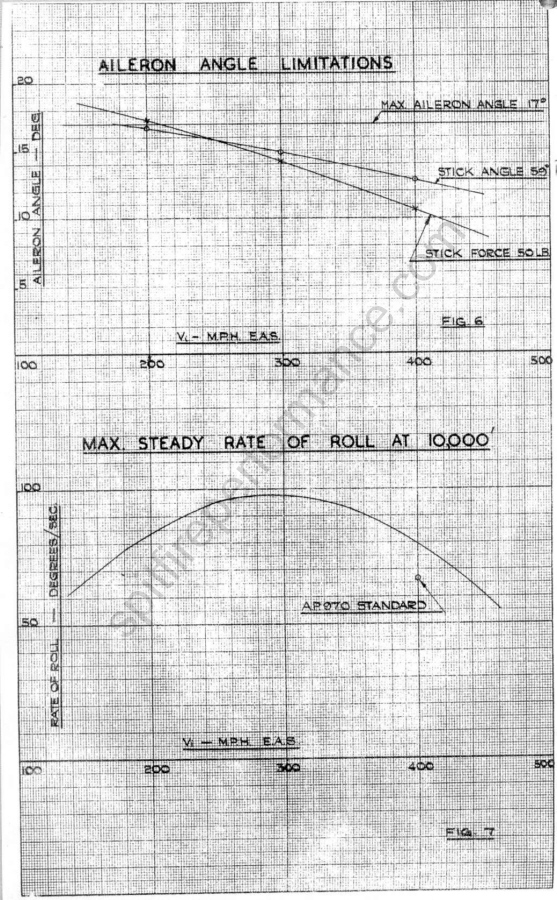Tommy Cookers wrote: ↑17 Mar 2018, 17:32
Closterman...did he use the 'WI' boost ?
the Meteor was a joke until getting the Derwent 1 (RR's development of the Rover-designed B26 straight flow engine)
the B26' 'improvement' in fuel consumption at so-called cruise took it to 1.19 lb/hp-hr (nearly 3x the Merlin's)
Beamont said all the early jets would run out of fuel before reaching their official max speeds
the Meteor killed hundreds postwar in single-engine flying (training and continuation)
one book says trimming for SE was demanded (dodgy when taking power off to land, then retrim with power to 'go-round')
pprune says it was desperate footload at all times
(was there a secret plan to fly SE to increase their miserable endurance eg in WW3 ?
...of course many piston twins eg Beaufighter, Mosquito, Neptune were also death traps SE at low speed
regarding SE flying for endurance, remember Nimrods often flew on 2 power engines + 1 idle engine + 1 dead engine
deserting pistons for jets was premature and artificial
the US put WW2 pistons back into production in the 50s and even the 60s - maybe the UK should have done so
maybe the L&B PEFA was the Brewster XA-32
the winning single-seat dive bomber/attack aircraft cancelled for delay and 'replaced' with the P-51...
Here's Clostermann on 'going through the gate'..
"...on my tail were six Focke-Wulfs in perfect close echelon formation - exhausts white hot - pursuing
me at full throttle.
With one movement I broke the metal thread to enable me to go to 'emergency' and shoved the throttle
lever right forward. It was the 1st time I had occasion to use it on a Tempest.
The effect was extraordinary & immediate. The aircraft literally bounded forward with a roar like a
furnace under pressure. Within a few seconds I was doing 490 mph by the ASI & I simultaneously caught
up my quarry & left my pursuers standing."
Notwithstanding Clostermann's proclivity for hyperbole, it is an interesting account.
Other Tempest pilots noted that hard flying suited the Sabre best, including a Kiwi pilot who ran his plane
WFO to chase down & bag an Me 262 - after its primitive metallurgy turbines wilted under the strain, 1st.
(Ron Dennis did though, add a caveat - that Rotol props were dependable, subject to this treatment,
whereas de Havilland units were prone to "shedding a blade"!)
The RAF continued flying their Sabre-Tempests hard for another 10 years post-war, inc' ops against the
pugnacious Israeli Defence Force Spitfires, and later in the fighter air-gunnery training role.
Ex-RAF member John Manly noted that when he, on arrival for such training, doubted the ability of the Tempest to provide a realistic target-tug, & so he was promptly told:
"Make no mistake, without the drogue chute, those Tempests have no trouble giving Vampires the runaround at low-level."
& T-C you are correct about the RAF being 'jet-bent' in 1945, to the extent of 'fudging' the results of
comparative trials between their final piston jobs, & the new-fangled jets.
As for the sorry tale of the Meteor ( quickly nicknamed 'Meatbox' by the sardonic RAF chaps), being
pushed through a 'grandfather's axe' rigmarole of mounting ever more powerful turbines, & airframe
fiddle-faddle, while the US & Soviets got stuck into getting 2nd generation swept-wing machines into
service.. its a shocking indictment of - sadly typical - British political-based dithering..
Yes, the twin engine safety-speed threshold for engine-out flight was ( still is, for some) 'problematic'
- shown when both Grumman F7F Tigercat & DH Sea Hornet required significant additional tail surface area
in order to provide acceptable control authority for carrier ops, along with the awful Meatbox stats, too.

